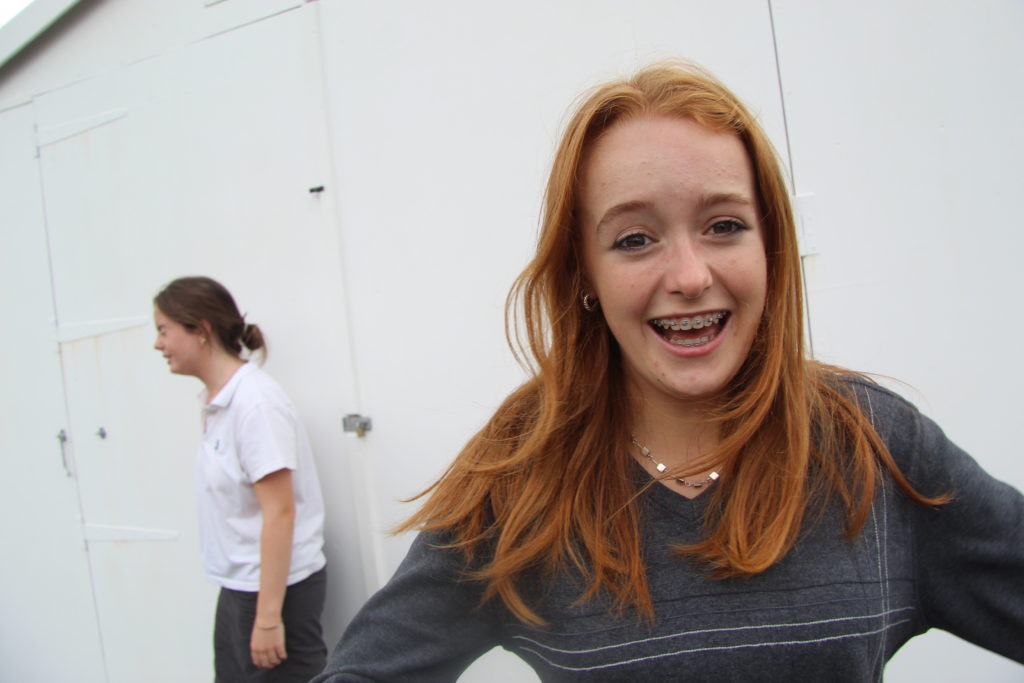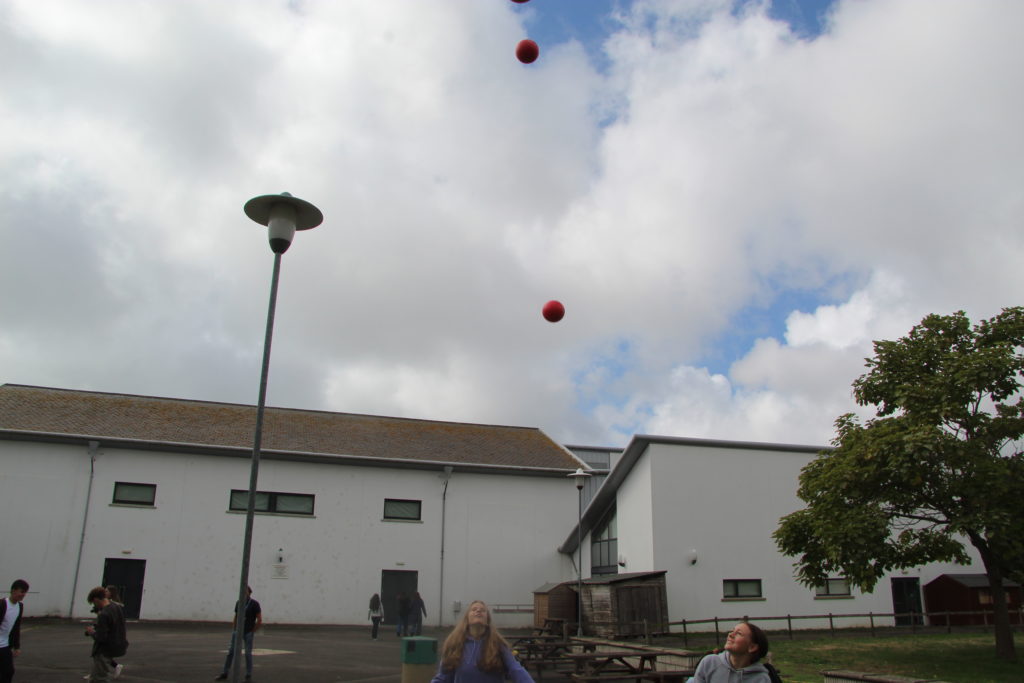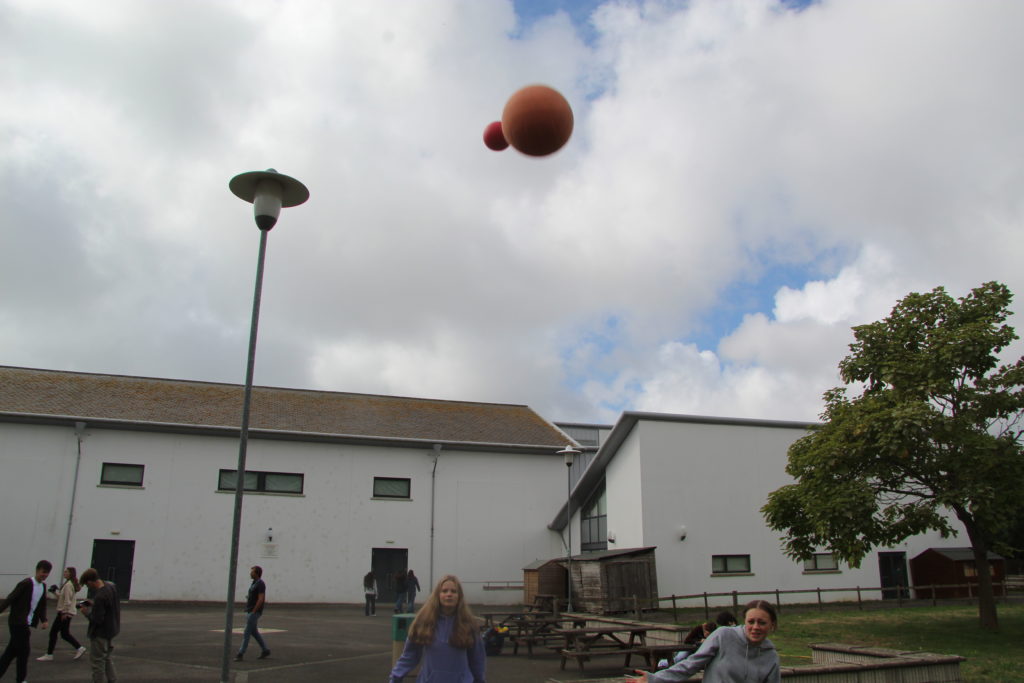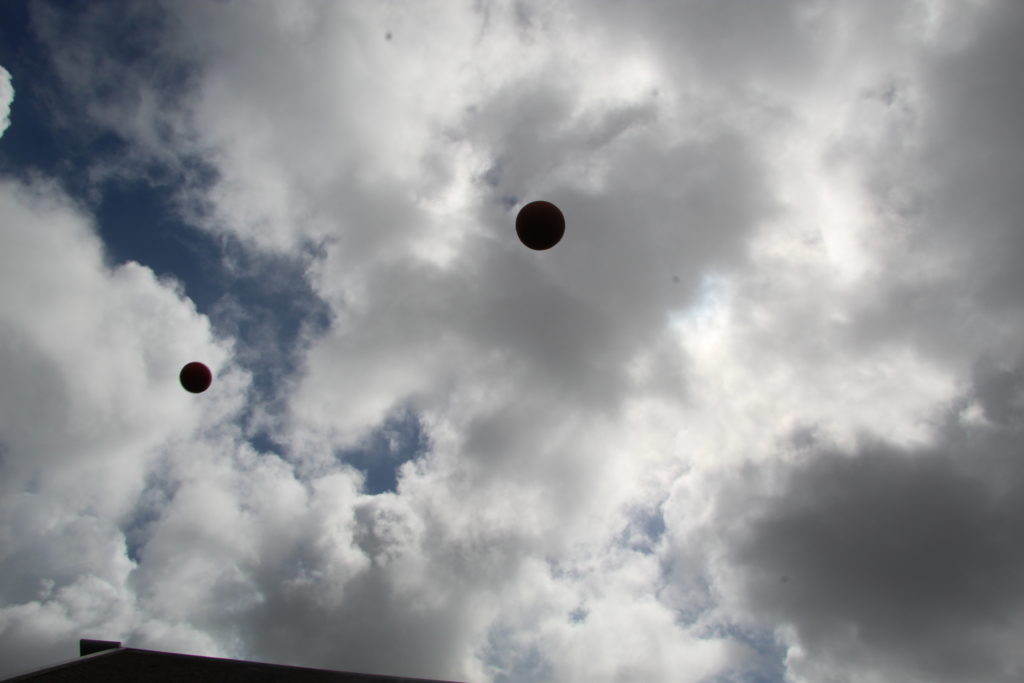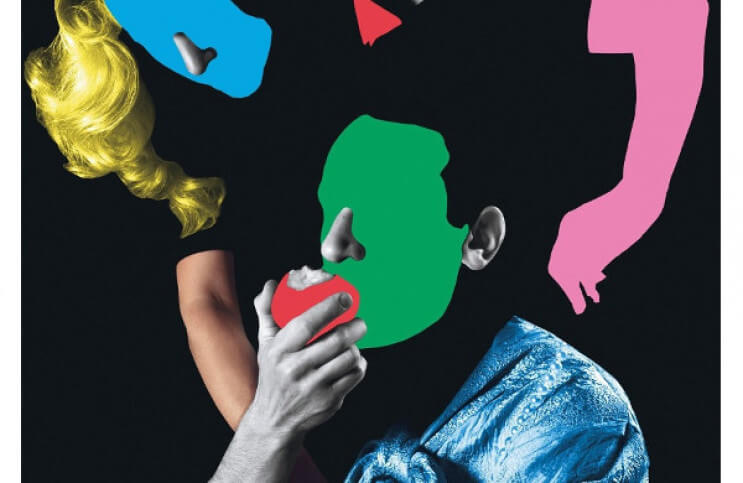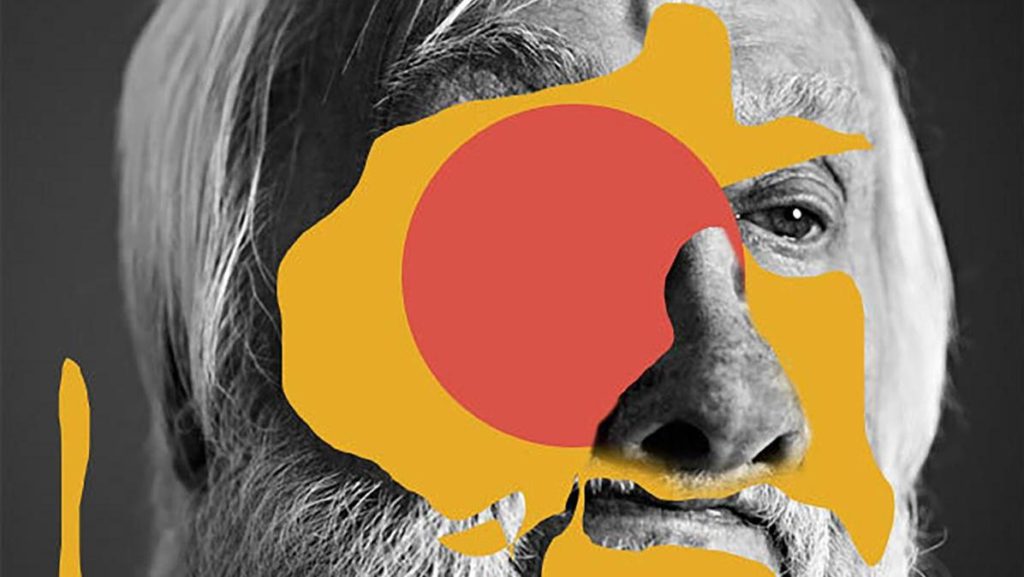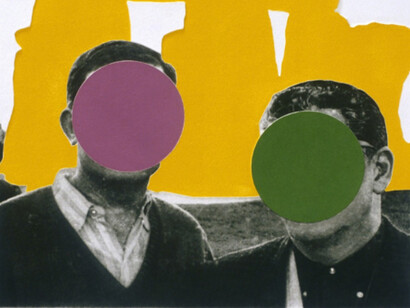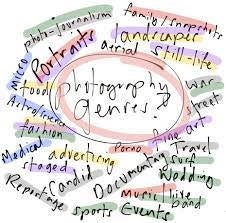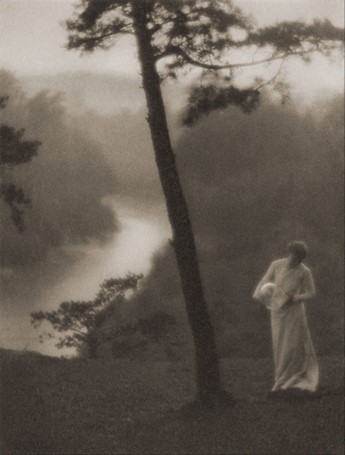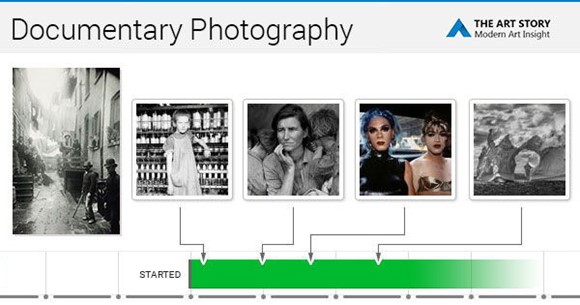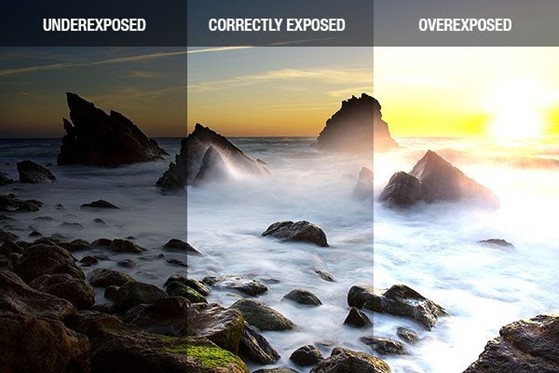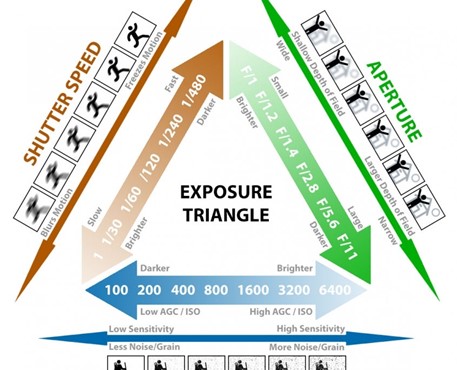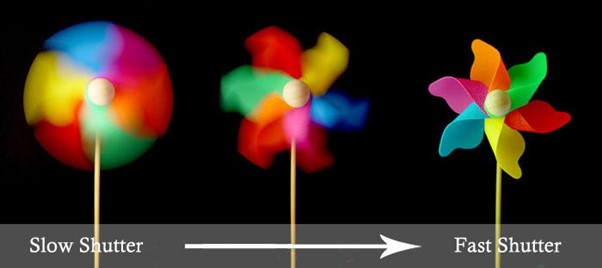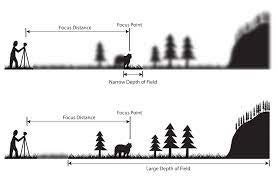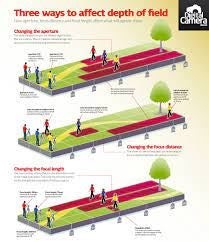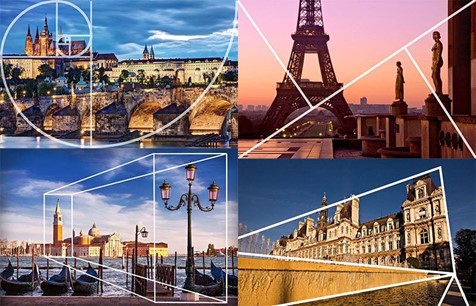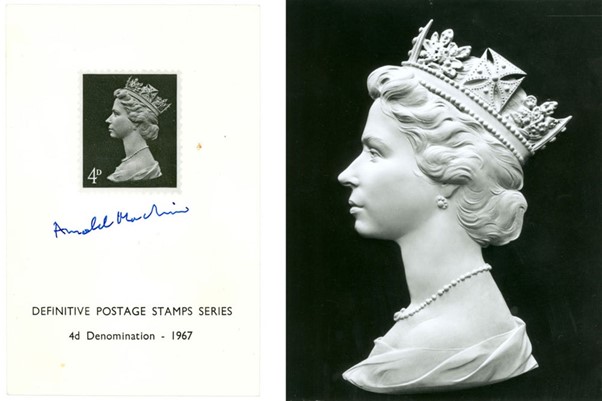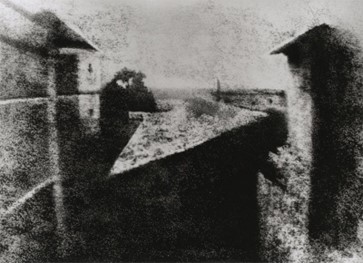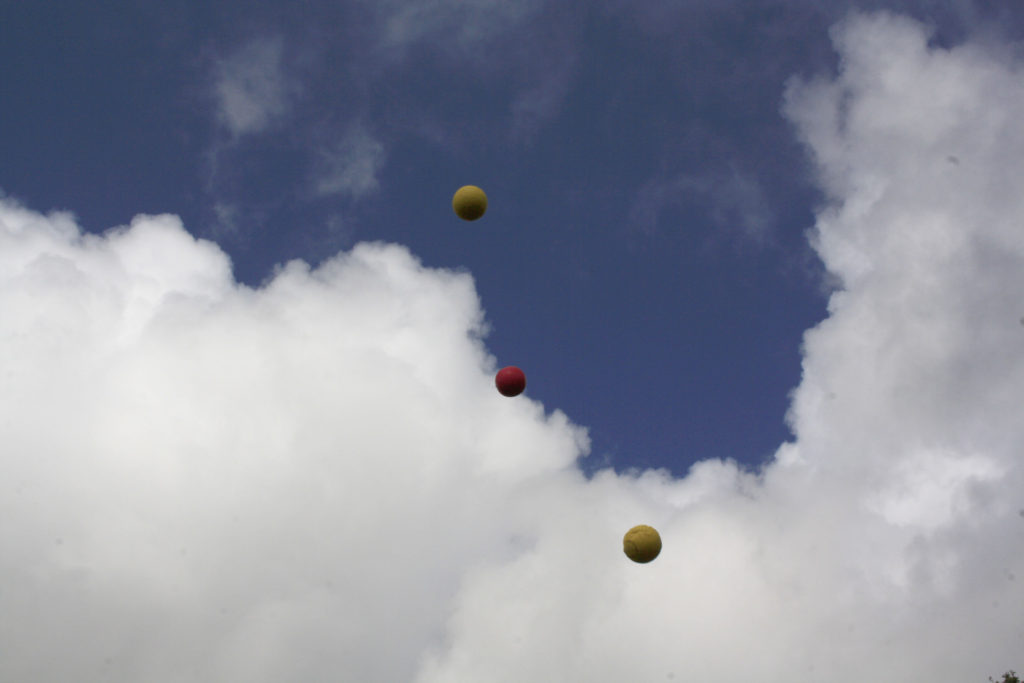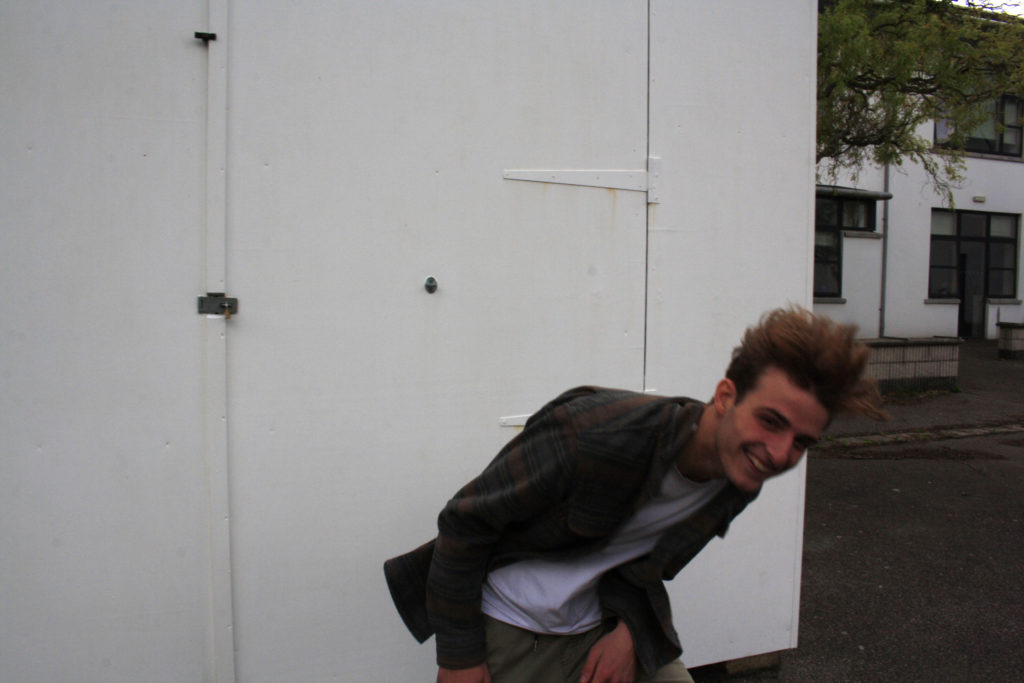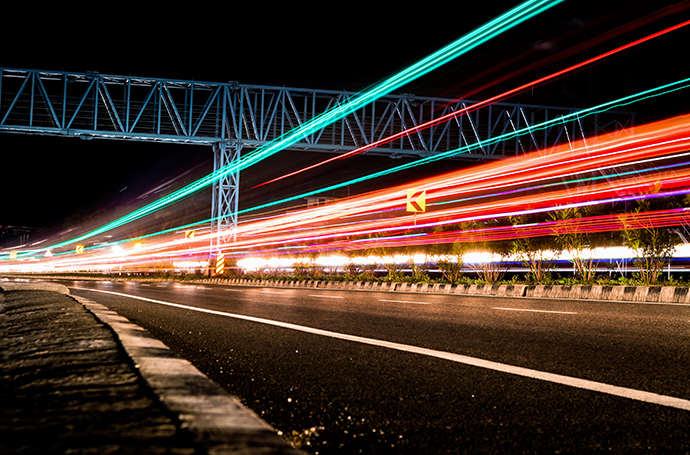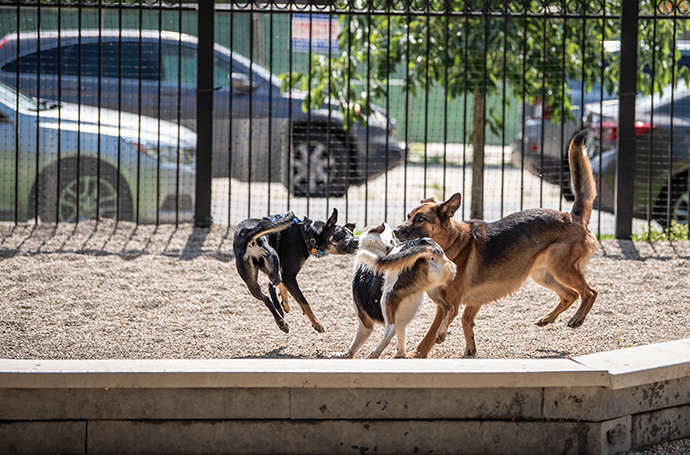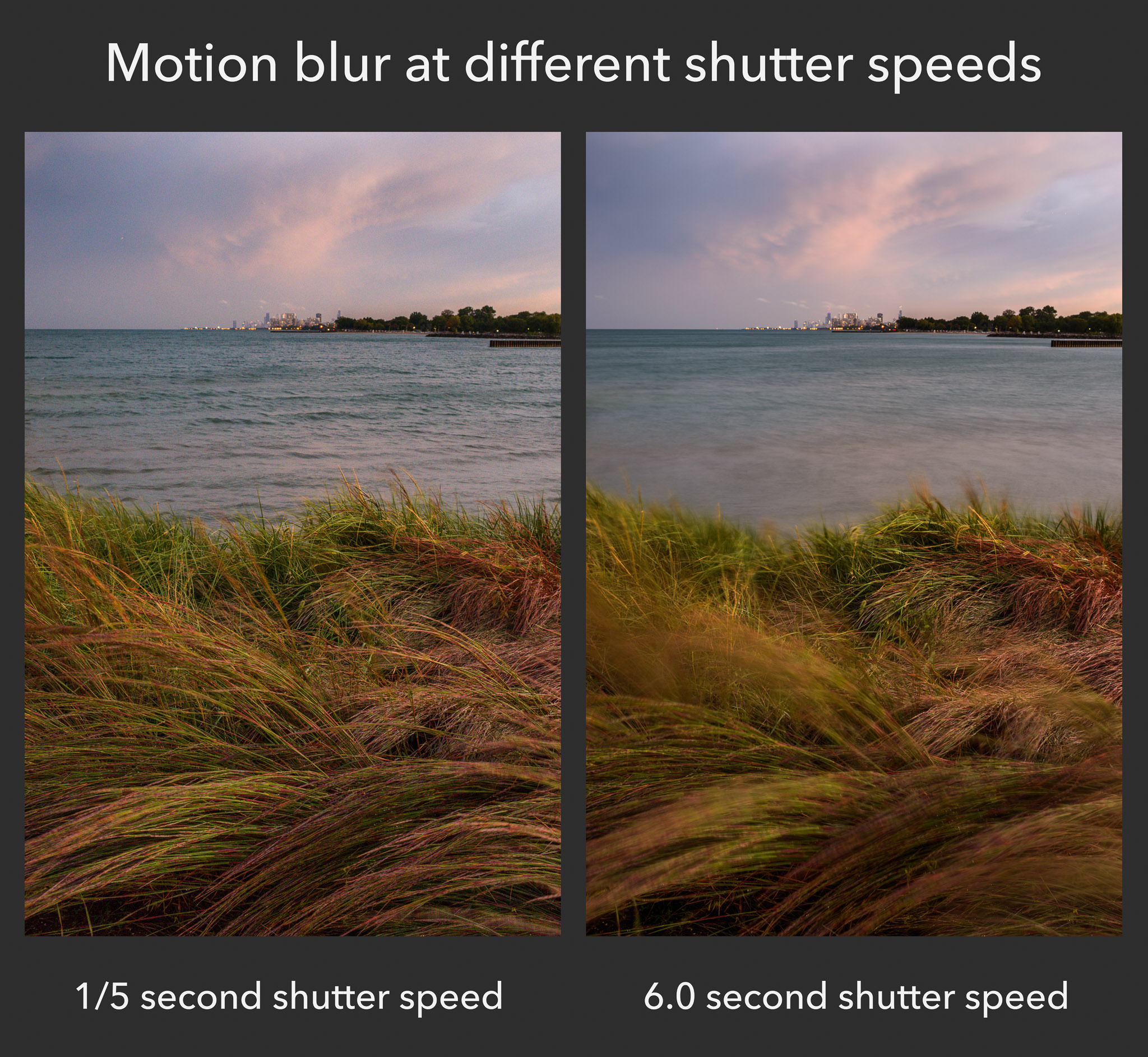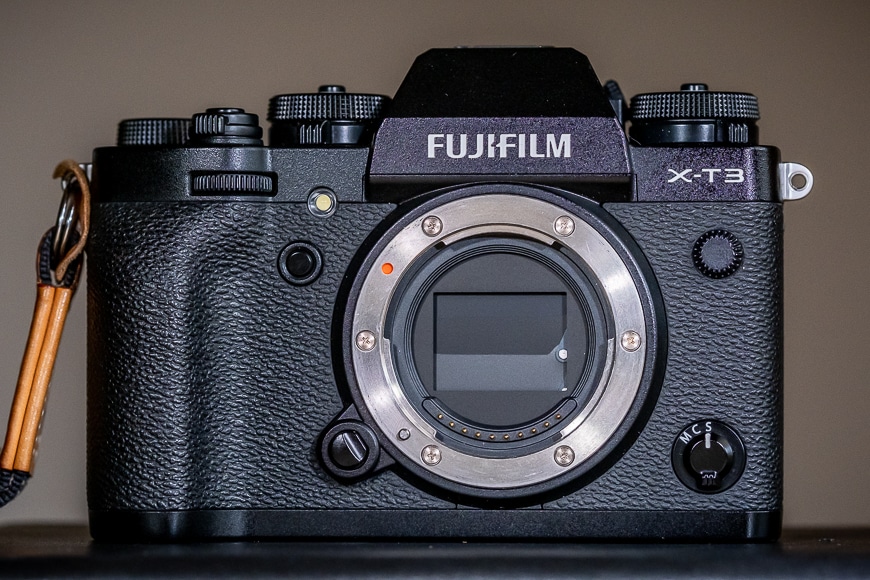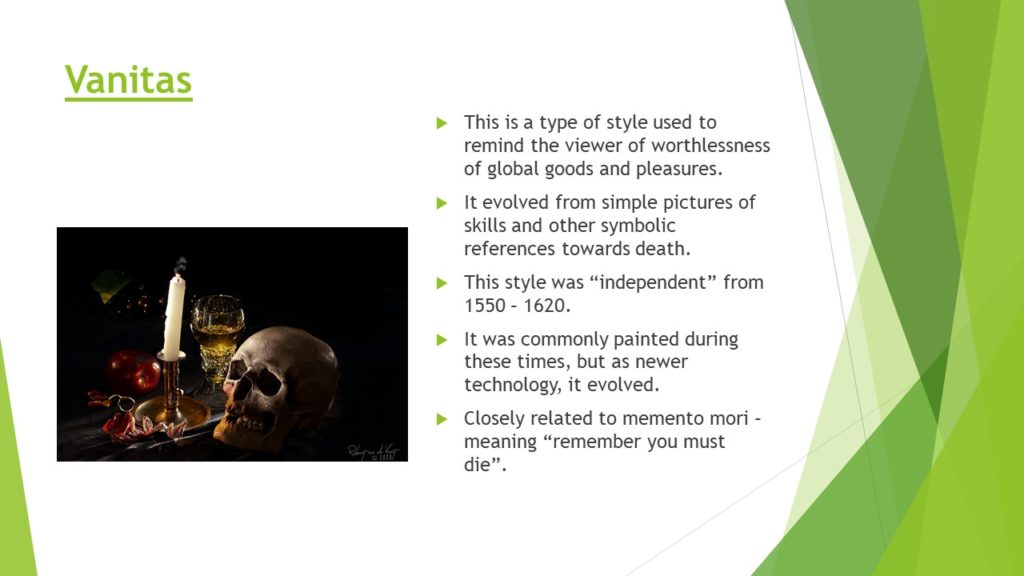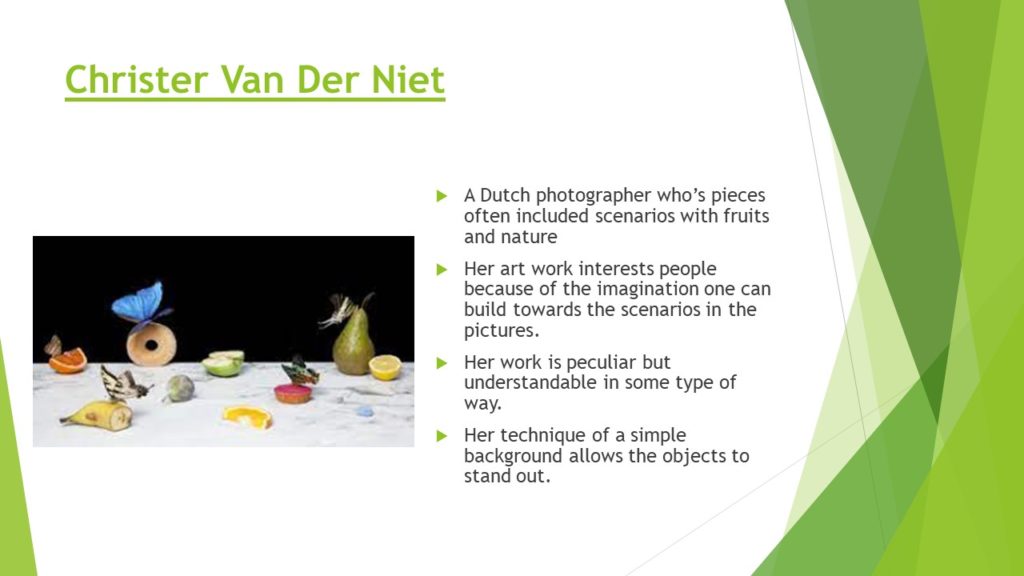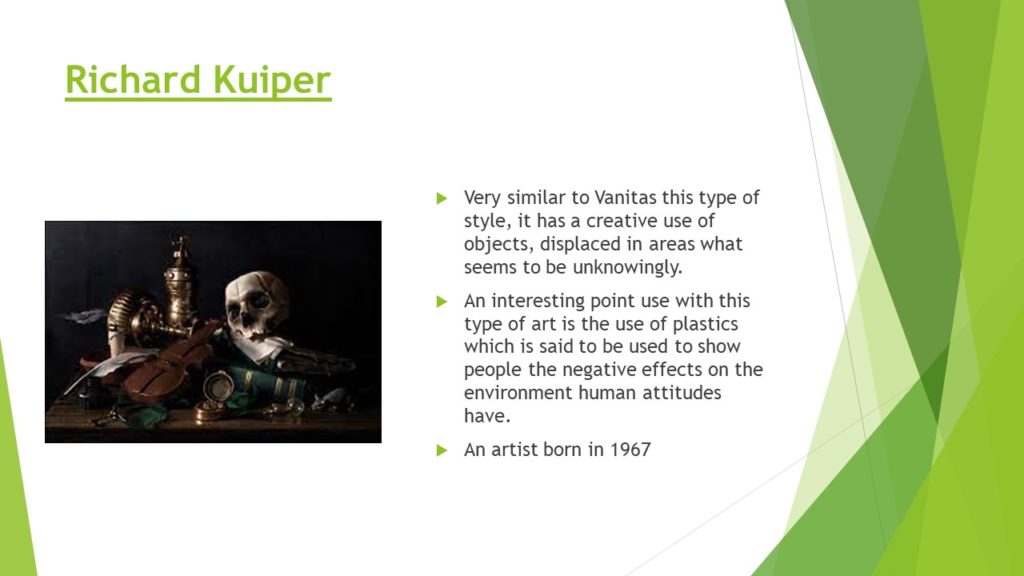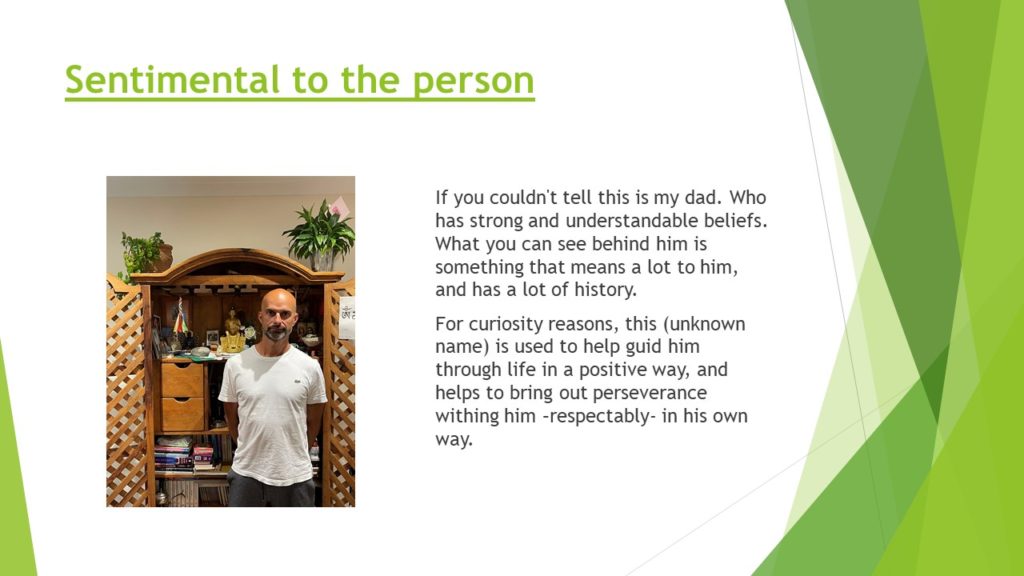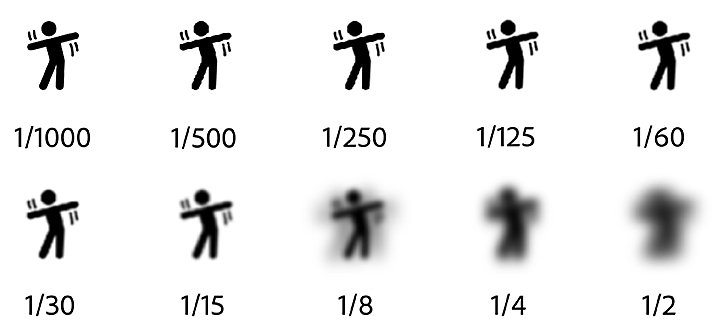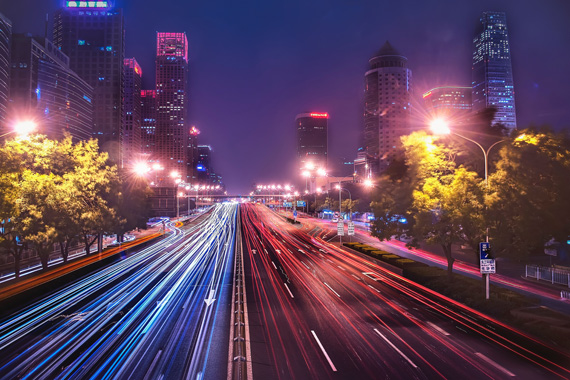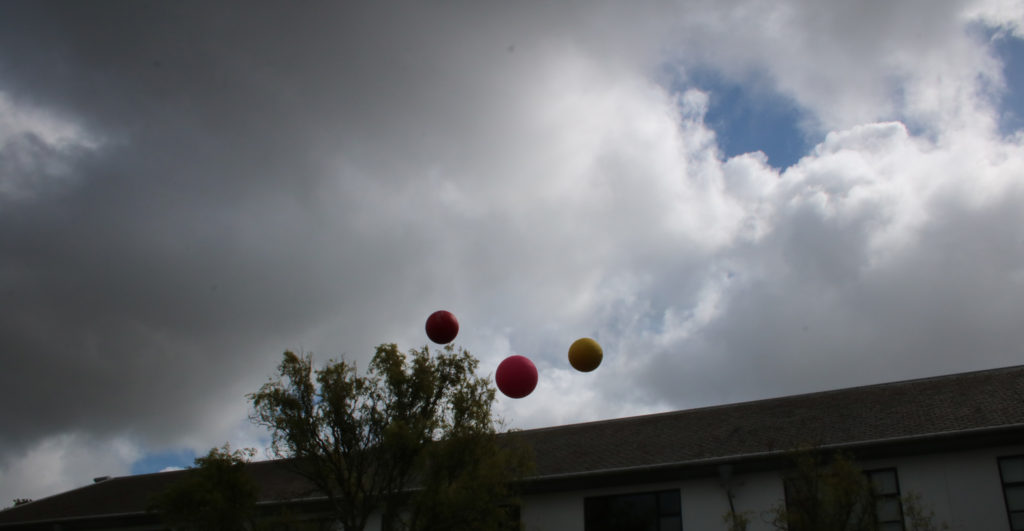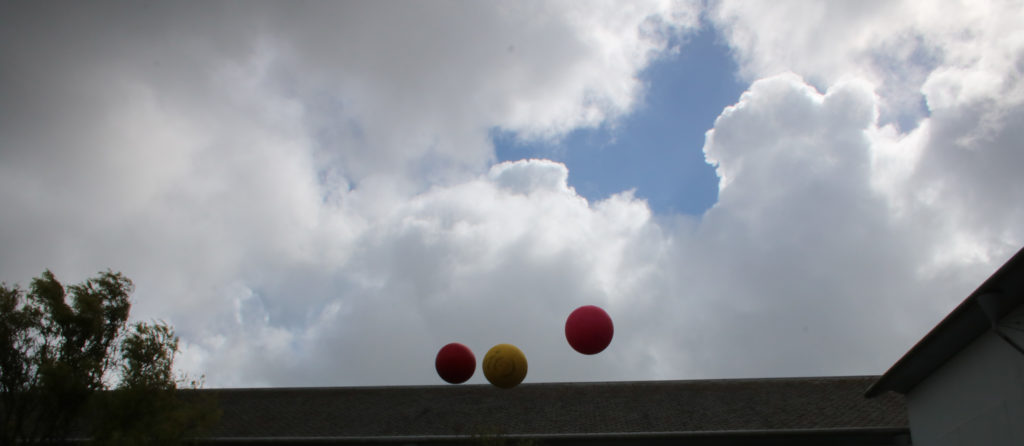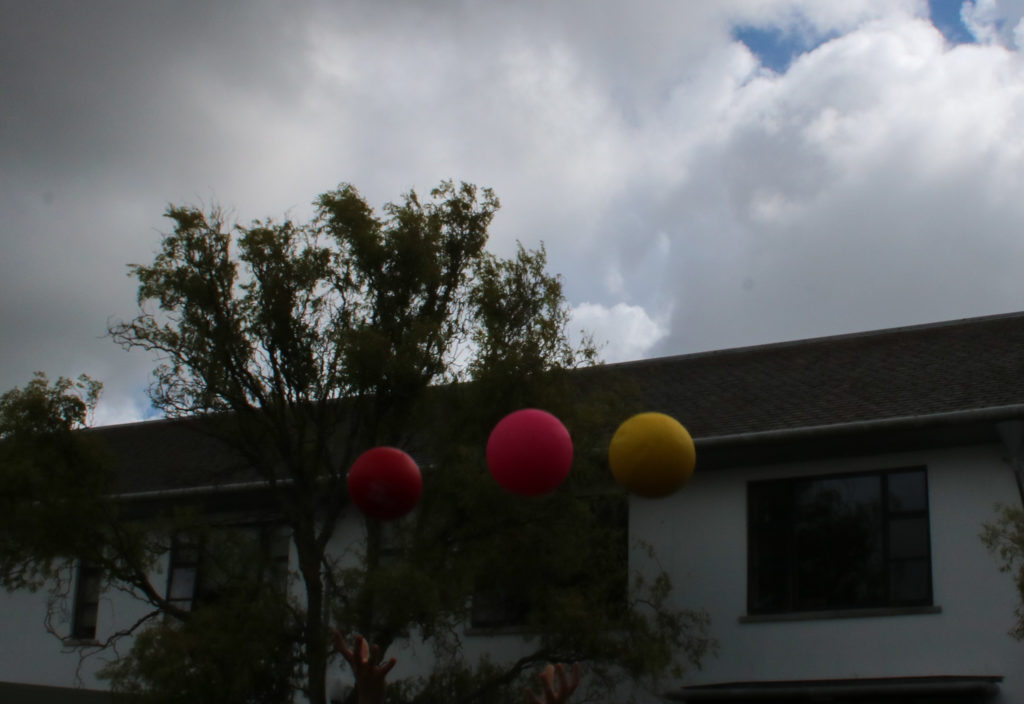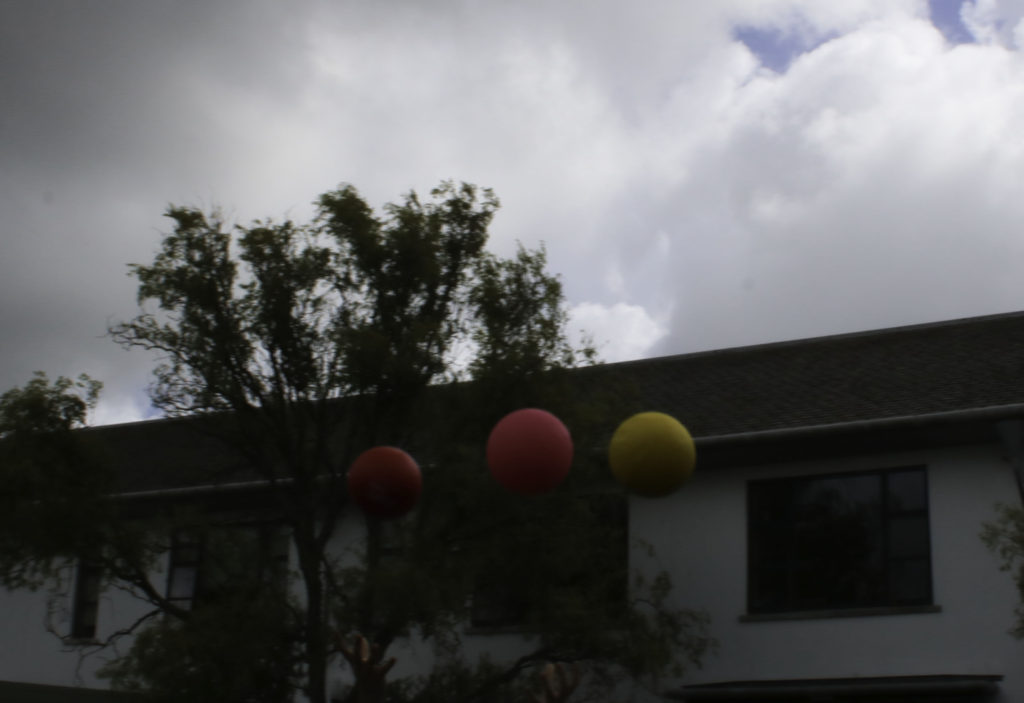The main purpose of photography is to communicate and document moments in time. When a photograph is taken and shared with others, you’re sharing a moment in time that cannot be relived again. However photos give people the closest thing to being able to relive these moments which is why they can have such an emotional impact on people.
‘photographs confuse as much as fascinate, conceal as much as reveal, distract as much as compel. They are unpredictable communicators.’ – David Campany
This statement depicts the way in which every photograph effects everyone differently, we all interpret and view things in different ways. This can be dependent on emotions, upbringing and factors such as gender, ethnicity and race. He states opposites to show how drastically different each interpretation can be and how there is no right or wrong way of seeing an images meaning.
The first line of the quotation reads ‘photographs confuse as much as fascinate‘ referring to the viewers lack of information regarding the images, the photographer can do this intentionally to enable the images to be interpreted differently by each person and allows the picture to gain many different meanings. By being able to interpret images in your own way it can add a personal touch allowing the viewer to become more emotionally connected with the images. However, the context behind an image is also very important as it enlightens the viewer of the photographers intended meaning highlighting key details in the images.
David Campany also stated that photographs ‘conceal as much as reveal’ which also refers to an individuals interpretations of an image. Even when context and background information is included, images can leave lots of unanswered questions allowing the images to be seen as ambiguous and adding a sense of mystery to the photographs.

I found this image which to me represented David Campany’s quotation. The shadowing through fabric makes the viewer ask questions such as; ‘what is she looking at?’, ‘What is creating the shadow?’, ‘what emotions are she feeling?’. These questions again add to the idea of images being interpretive to the viewer allowing photographs to have an emotional impact to almost everyone as everyone has their own views of the meanings behind photographs.
Finally, the last line reads ‘they are unpredictable communicators’ further demonstrating the way in which the photographer can create unexpected images that, although don’t directly show something, also reveal so much. Overall I think David Campbell was trying to explain the beauty in the complexity of photography and all of its unknowns.
Le saut dans le vide
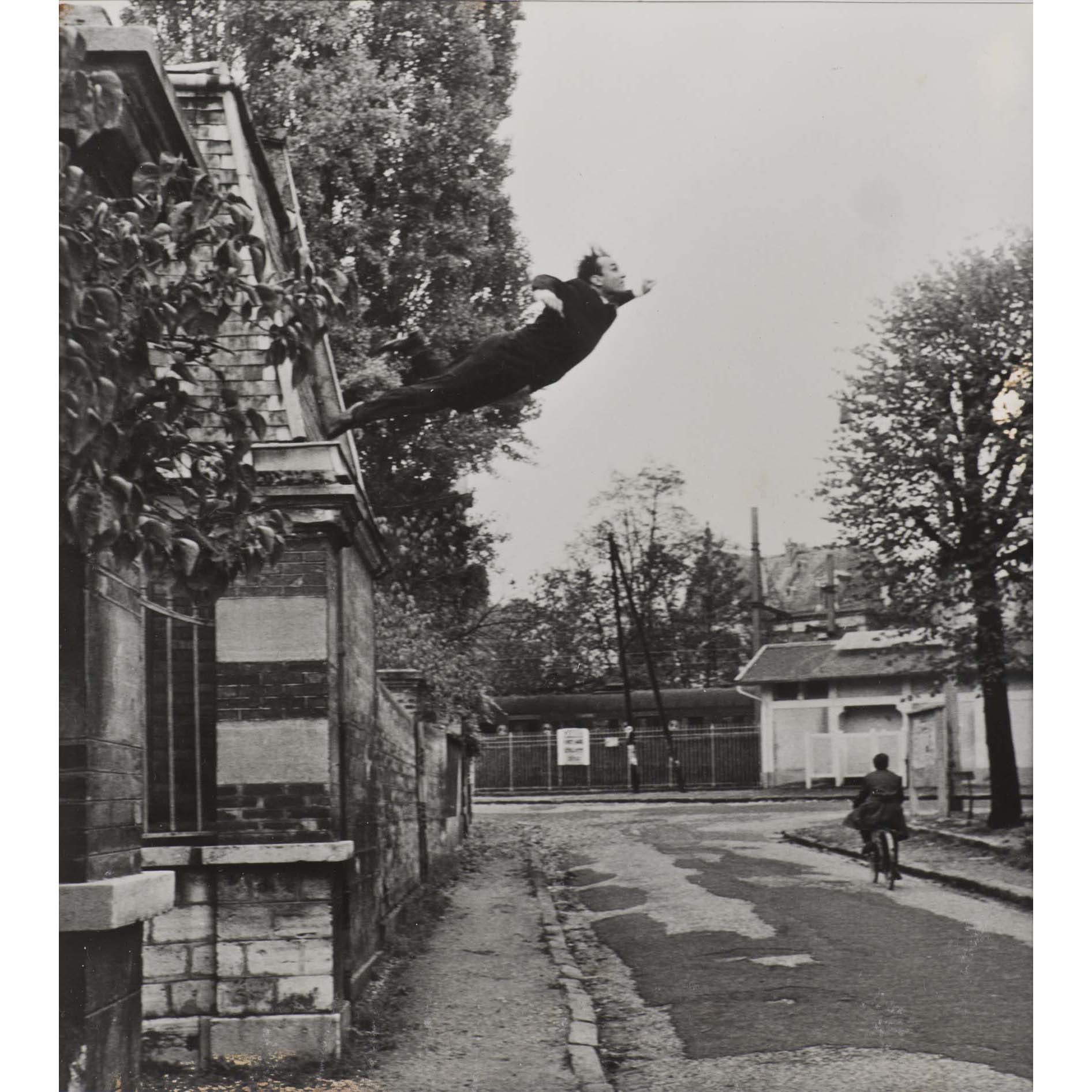
This image collaborates with David Campany’s quotation as it leaves the viewer with a lot of unanswered questioned, such as; why is the man falling? Why is the cyclist not reacting? what happened after the image was taken?





